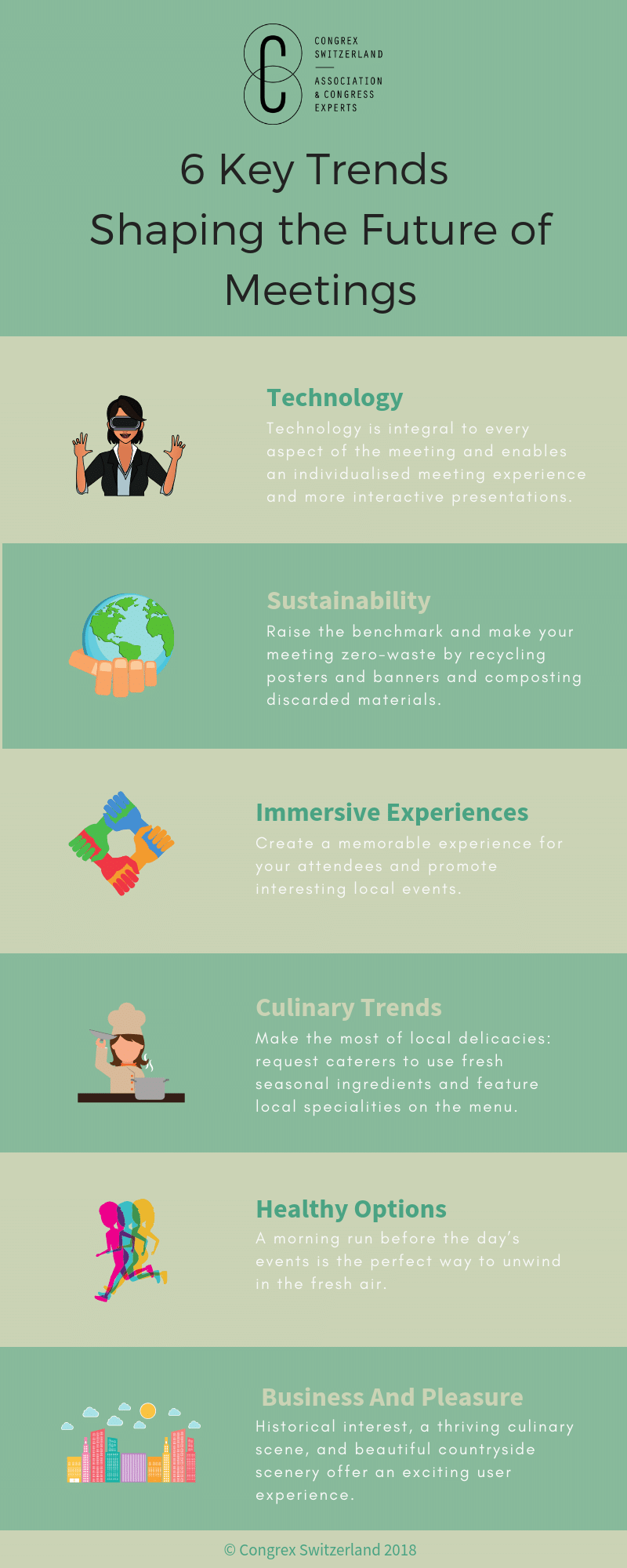Association leadership is facing a period of change. Change is a constant in life, and yet, adapting to it is a major challenge for organisations and individuals alike. In that respect, many associations are still notoriously slow to respond to change. This is partly due to their bureaucratic structure and leadership style. Although this structure has its advantages, it can also get on the way in situations where prompt action is required.
Covid-19 has made this more evident than ever. The health crisis has called for organisational flexibility at the highest level. According to a recent study, the vast majority of associations are confident they will survive the crisis. However, this depends on their problem-solving ability and on how fast they respond to current and emerging challenges. So how do you go from being structured and bureaucratic to agile? Diversity is the key.
RELATED: Defining Leadership for Modern Associations
Association Leadership And Diversity: An Old Challenge
The Covid-19 crisis has occurred alongside widespread protests in favour of social justice. For some associations, the climate of unrest is a reminder of familiar challenges. For several years, reports on association leadership have confirmed the existence of a racial divide and inequality of opportunities to access leadership positions.
Moreover, a survey carried out in May 2020 examined the top short-term concerns for association board members. More than half of respondents mentioned work style changes and the need to get on board with digital transformation, especially due to pressures created by the coronavirus pandemic.
Also ranking high were concerns about the ability to understand the crisis’ impact on associations, developing strategies accordingly, and safeguarding the health and safety of employees. Interestingly, the usual concerns (like onboarding or succession planning) lost relevance, which suggests that association leadership is in an era of renewal. Bringing a more conscious approach to diversity and inclusiveness in leadership is a good place to start.
RELATED: Disruption In The Business Events Industry: Rising To The Challenges Of COVID-19
Now is the time for leaders to create diverse, inclusive, and actionable paths to career development within their association. Make it your mission to remove obstacles, provide skills and training, and deliver formal and informal support. Diversity, equity, and inclusion initiatives should be more than the occasional training session, but rather the principle that guides the association’s vision.
Aside from working towards a more diverse executive team, there are additional ways to implement diversity in practical ways.
Bottom-Up Leadership
When creative problem solving is needed, diversity can foster innovation. This is because an open environment encourages discussion and out-of-the-box thinking, bringing the best out of your employees’ diverse talent. Staff with different backgrounds or experience can shine a fresh perspective into opportunities that may otherwise go unnoticed.
Linked to this is the concept of bottom-up leadership, where executives and employees are equally involved in the association’s goals, and where leaders use their knowledge and experience to support others. This involves giving staff decision-making authority, ensuring feedback goes both ways and recognising success.
Employee Resource Groups
Diversity and inclusion are about not imposing the leaders’ vision but creating a joint vision with all stakeholders. Employee resource groups can be useful in this respect. These are created around shared identities and motivate group members to work together and achieve objectives aligned with the association’s goals.
RELATED: Seven Top Tips for Association Member Onboarding
While not a new concept, employee resource groups are underused in the associations’ world. Their benefits include building leadership skills, creating a sense of community, celebrating diverse views, and empowering staff by giving them a voice.
Making Technology Inclusive
New technologies are one of the greatest assets for modern organisations, as long as they are used with inclusiveness in mind. Now that remote work is the new normal, leaders should ensure everyone is ready to set up a home office that is conducive to productivity. Gauge how employees feel about new work styles and discuss their needs individually.
Having the right device, software, and a fast Internet connection is the bare minimum, but do not assume everyone has access to this. And people need more than the basic tools: they need to be confident about how to best use them. To ensure inclusiveness, you could offer training on the topic of productivity for remote work. And be ready to offer advice on how to cope with distraction and isolation.
Prioritising Mental Health
Technology is also useful creating a sense of connection to others when working from home. Digital tools can help by weaving in stronger ties between and within leaders and staff. If your association has switched to remote, make sure you maintain a meeting schedule, even if that means doing it online. Social occasions can be celebrated remotely too.
Lastly, prioritise compassion and lead by example. At this time, your staff’s top concerns may not be work-related. Some may be worried about personal or family circumstances, while others may be concerned about health issues. Make sure everyone’s needs are understood and respond accordingly.
Ultimately, inclusiveness and diversity are linked to higher engagement and to a stronger sense of belonging. Bringing diversity into your boardroom, values, and operations can propel your association forward in times of crisis. Get in touch if you need support creating an inclusive work strategy that has a lasting and positive impact.








